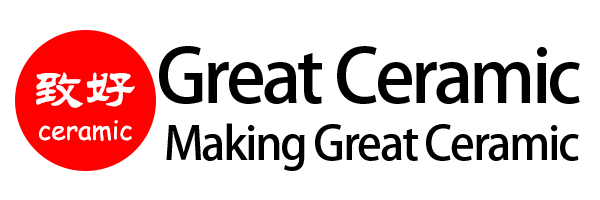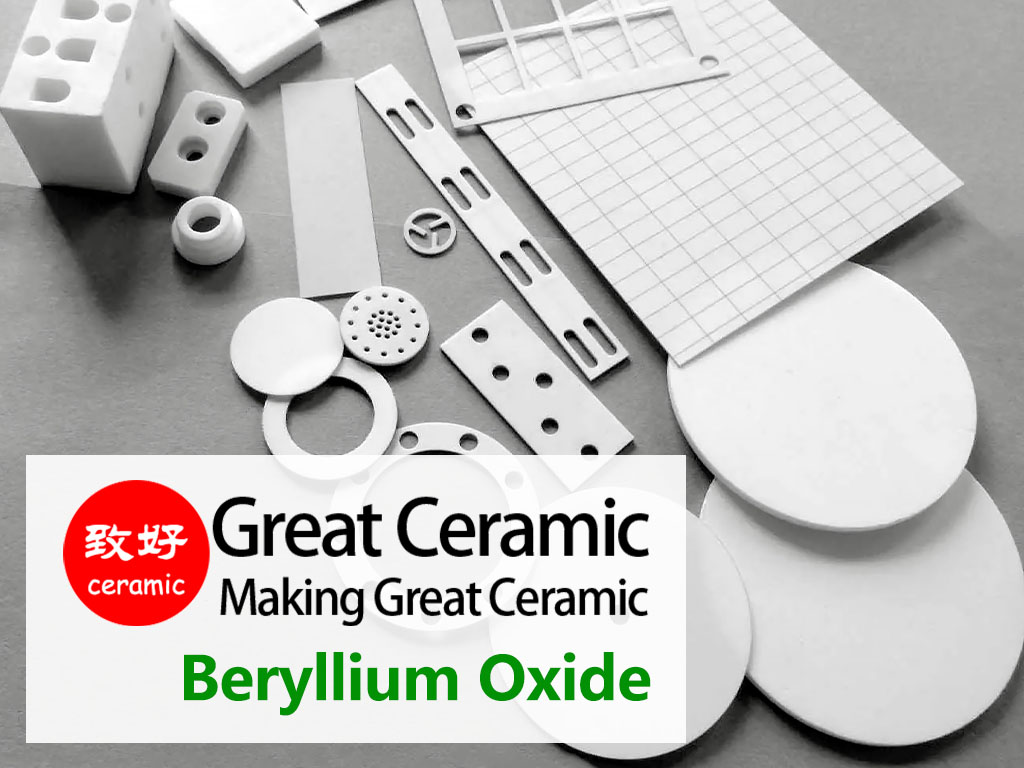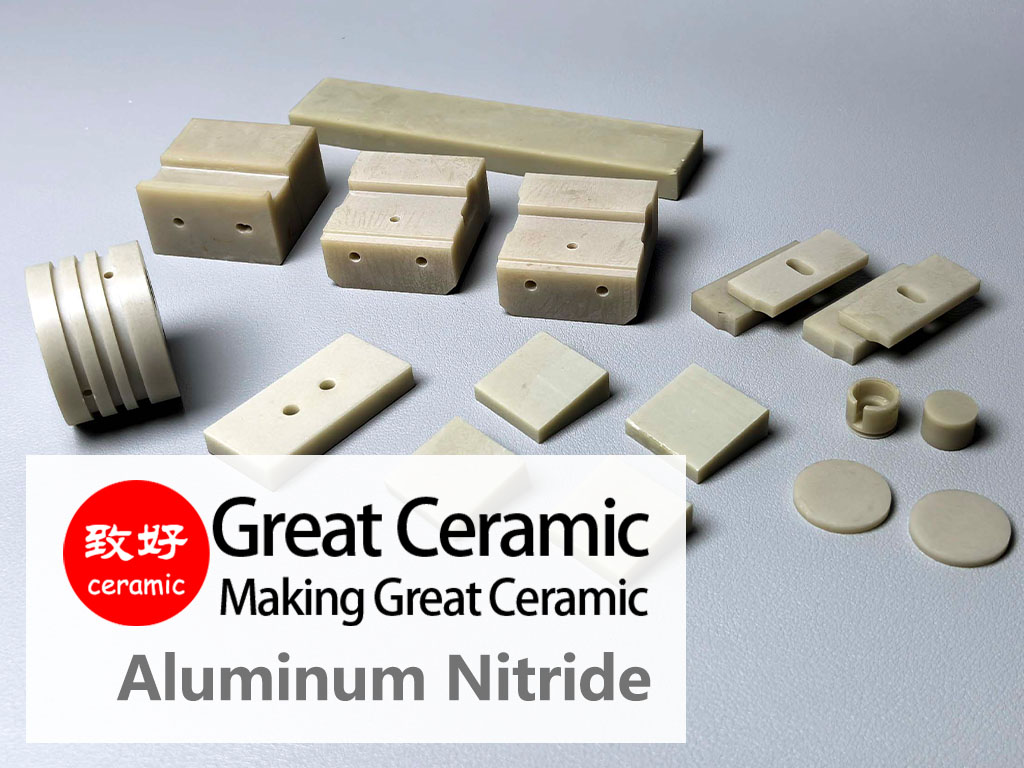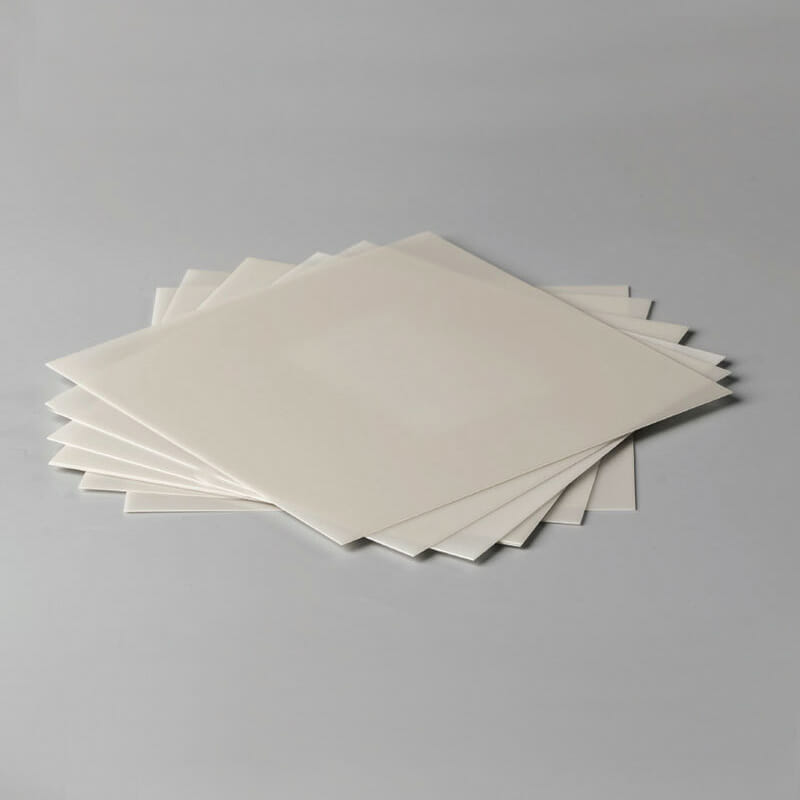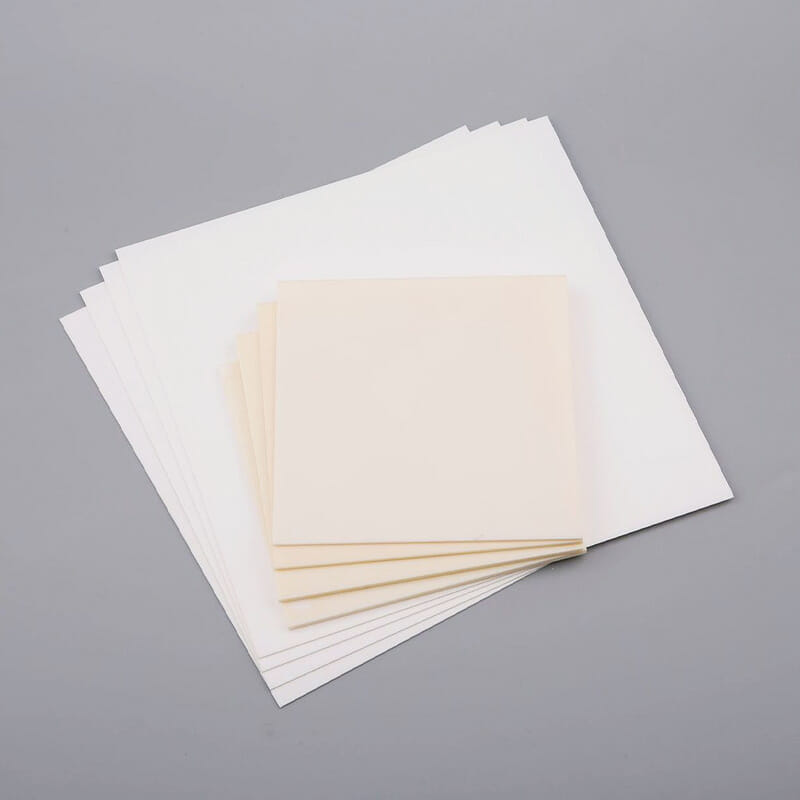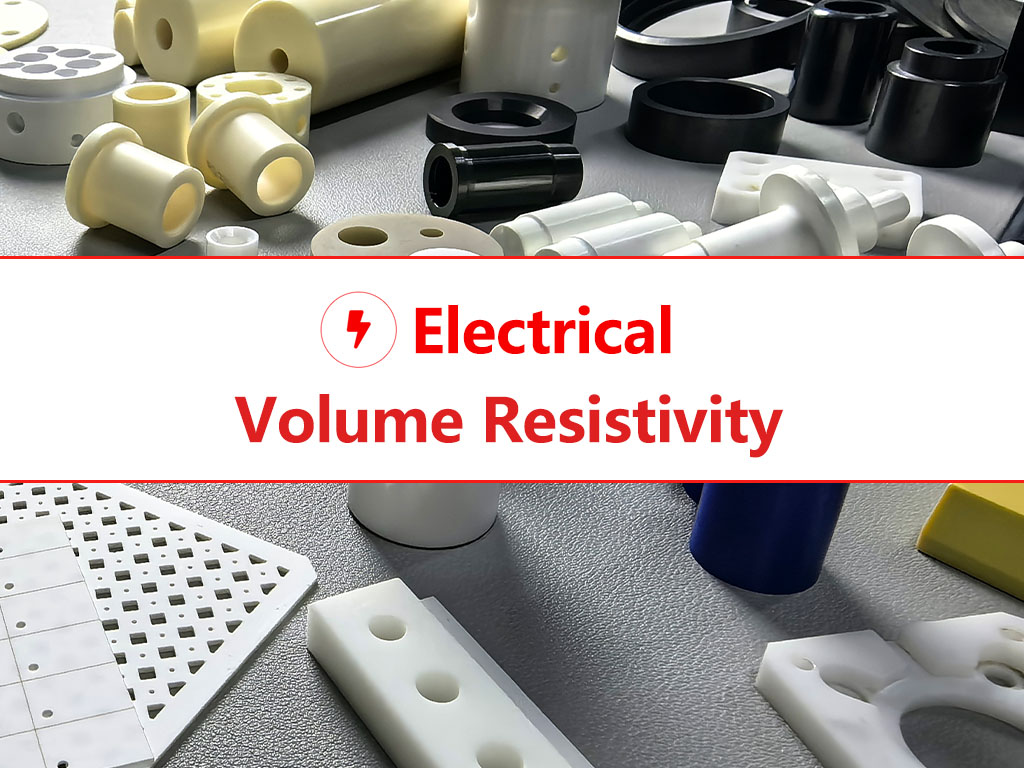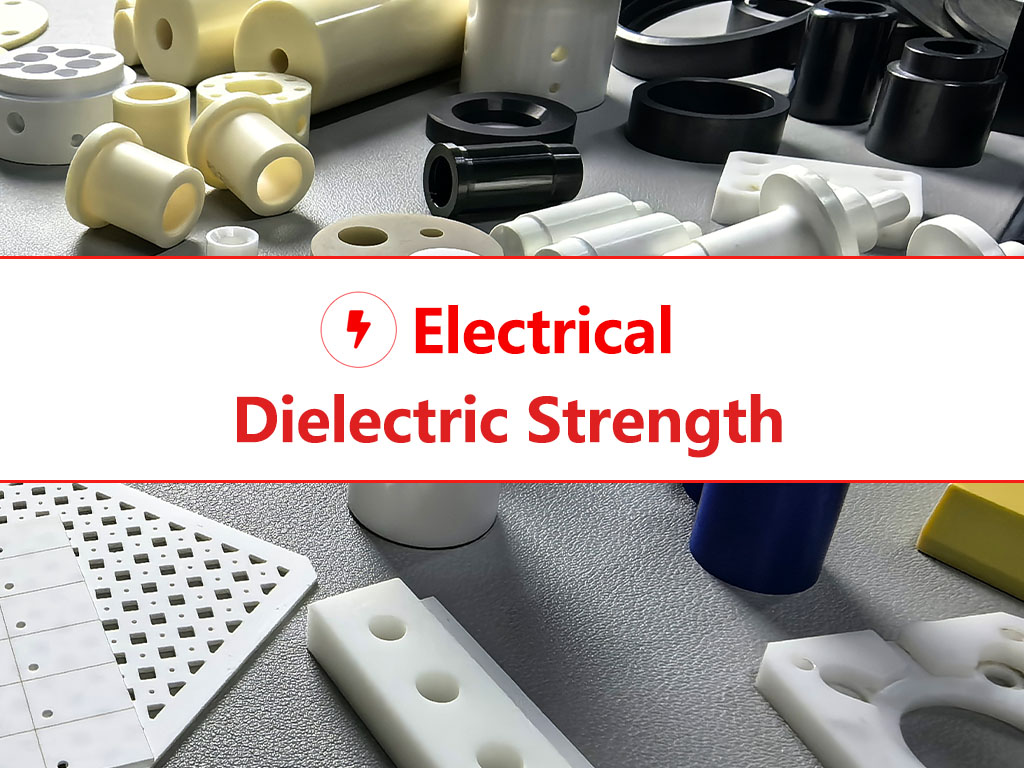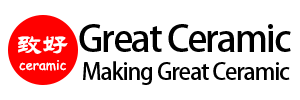İleri Seramiklerin Dielektrik Sabiti
Bu dielektrik sabitiolarak da bilinir. bağıl geçirgenlik (εr)bir malzemenin bir elektrik alanında elektrik enerjisini ne kadar iyi depolayabileceğinin bir ölçüsüdür. Bir malzemenin geçirgenliğinin vakum geçirgenliğine (ε₀) oranını temsil eder. Daha yüksek bir dielektrik sabiti, kapasitörlerde, yalıtkanlarda ve yüksek frekanslı elektronik bileşenlerde kritik olan yükü depolamak için daha fazla kapasite anlamına gelir.
Gelişmiş seramik malzemeler, farklı dielektrik özellikleri nedeniyle yüksek frekans, yüksek güç, mikrodalga, radar ve paketleme alanlarında yaygın olarak kullanılmaktadır. Şirketler seçim yaparken çalışma frekansı, termal yönetim, mekanik yapı ve boyutsal doğruluk gibi kapsamlı faktörlere dayalı olarak en uygun malzeme kombinasyonunu değerlendirmelidir.
Şuraya atla
Veri | Karşılaştırma | Uygulamalar | SSS | İlgili
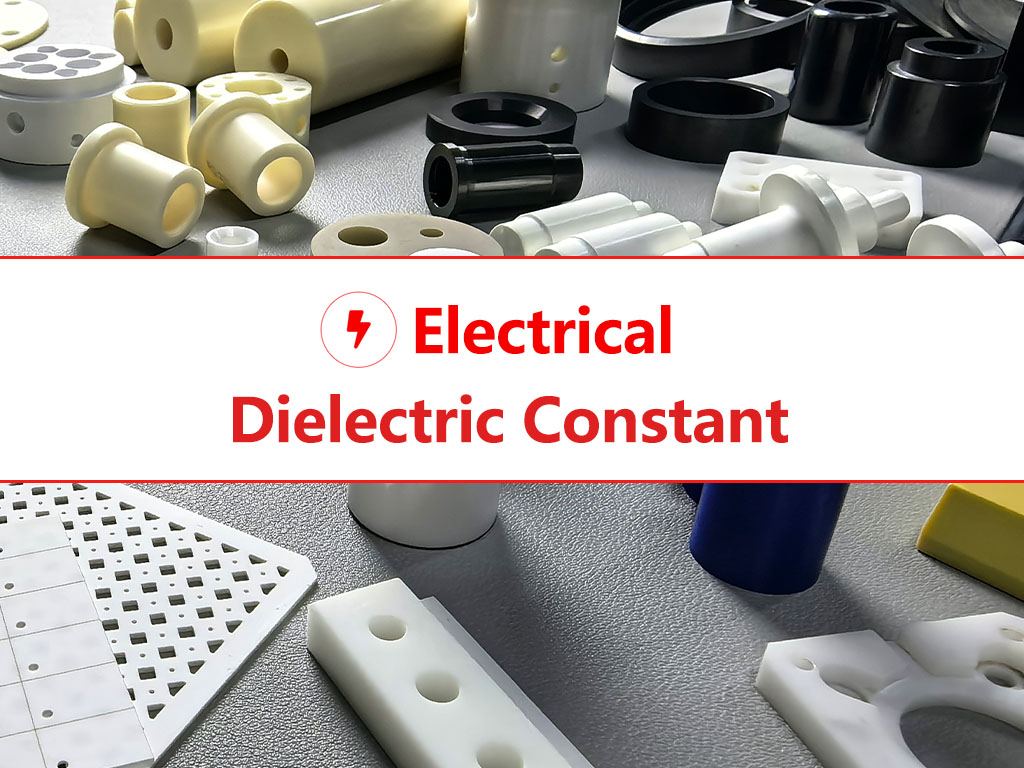
Seramiklerde Dielektrik Sabitinin Önemi
Seramik malzemeler, elektronik ve elektrik yalıtımında yaygın olarak kullanılmaktadır:
Dielektrik sabiti aşağıdakilerde önemli bir rol oynar RF bileşenleri, substratlar, kapasitörler, antenlerve yarı iletken paketleme. Uygun dielektrik sabitine sahip doğru seramik malzemenin seçilmesi, özellikle yüksek frekanslı ve yüksek sıcaklıklı ortamlarda optimum performans sağlar.
Seramiklerin Dielektrik Sabitini Etkileyen Faktörler
Dielektrik Kayıp ve Frekans Kararlılığı
εr ise yük depolama kabiliyetini belirler, dielektrik kaybı (tan δ) enerji dağılımını ölçer. PTFE veya h-BN gibi malzemeler çok düşük tan δBu da onları yüksek frekanslı RF tasarımları için uygun hale getirir.
Diğer bir faktör ise frekans bağımlılığı. Zirkonya gibi bazı seramikler daha yüksek dielektrik sabitlerine sahiptir, ancak GHz aralıklarında daha fazla kayıp ve kararsızlık sergilerken, AlN ve Si₃N₄ daha kararlı kalır.
Yaygın Seramik Malzemelerin Dielektrik Sabitleri
| Seramik Malzeme | Dielektrik Sabiti (εr) | Özellikler |
|---|---|---|
| Alümina (Al₂O₃) | 9-10 | Düşük kayıp, kararlı yapı, uygun maliyetli |
| Zirkonya (ZrO₂) | 18-25 | Yüksek mukavemet, yüksek termal genleşme |
| ZTA20 (Zirkonya Sertleştirilmiş Alümina) | 12-15 | Mukavemet ve dielektrik özellikleri birleştirir |
| Silisyum Nitrür (Si₃N₄) | 7-8 | Yüksek mukavemet, düşük dielektrik kaybı |
| Alüminyum Nitrür (AlN) | 8.5-9 | Yüksek ısı iletkenliği, düşük dielektrik kaybı |
| Silisyum Karbür (SiC) | 9.7-10.2 | Mükemmel yüksek frekans kararlılığı |
| Berilyum Oksit (BeO) | 6.5-7.5 | Yüksek ısı iletkenliği, düşük εr |
| Altıgen Bor Nitrür (h-BN) | ~4 | Çok düşük εr, mükemmel termal kararlılık |
| MGC (İşlenebilir Cam Seramik) | 5.6 | CNC ile işlenebilir, mikrodalga yapılar için ideal |
*Veriler sadece referans içindir.
Malzeme Seçim Kılavuzu: Dielektrik Sabitine Göre Seramik Seçimi
| Uygulama Yönü | Önerilen Malzemeler | Sebep |
|---|---|---|
| Yüksek frekans/Düşük kayıp | AlN, BeO, h-BN | Düşük εr + düşük kayıp + yüksek termal iletkenlik |
| Güç Paketleme/Soğutma | AlN, Al₂O₃ | Orta εr + mükemmel ısı dağılımı |
| Radar Dome/Anten Kapağı | MGC, BeO | İyi işlenebilirlik + düşük εr |
| Yüksek Frekanslı Kondansatörler | ZrO₂, ZTA | Yüksek εr + iyi mekanik dayanım |
| Mikrodalga Yapılar | MGC | Kolay işlenebilir + kararlı dielektrik performans |
Doğru Seramiği Seçmek İçin Yardıma mı İhtiyacınız Var?
Gelişmiş seramiklerin dielektrik özelliklerini anlamak, elektrik ve elektronik uygulamalarda kullanılacak doğru malzemeleri seçmek için kritik öneme sahiptir. İster RF bileşenleri, ister güç elektroniği veya termal yönetim sistemleri olsun, malzemelerimiz endüstri lideri performans, dayanıklılık ve hassasiyet sunar.
Özel seramik işleme ve bileşen tasarımı için Great Ceramic, malzeme ve dielektrik performans ihtiyaçlarınıza göre uyarlanmış hassas üretim çözümleri sunar.
Dielektrik Sabiti: Seramikler ve Diğer Malzemeler
Malzeme seçiminde seramik dielektrik sabitinin avantajlarını anlamanıza yardımcı olmak için, aşağıdaki grafik seramik malzemeleri yaygın yalıtkan malzemeler, elektronik endüstrisi malzemeleri ve polimer plastiklerle karşılaştırmaktadır:
*Veriler sadece referans içindir.
